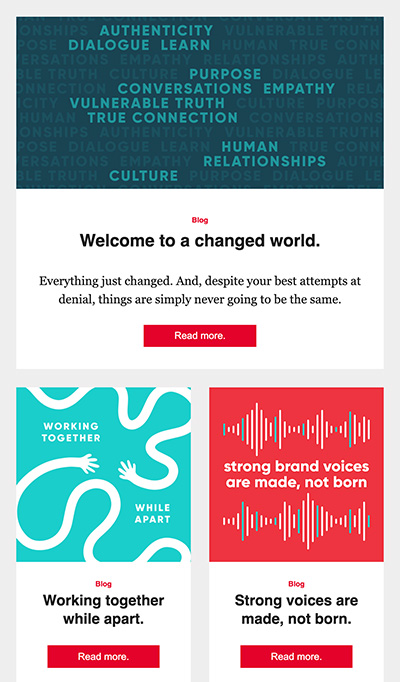ADA Website Accessibility: What You Need to Know
Companies that do make efforts to become accessible could enjoy benefits like increasing audience, better SEO, and a better user experience for everyone.

The Americans with Disabilities Act (ADA), which bars discrimination against people with disabilities, has been law for almost 30 years now. It was enacted to guarantee equal opportunity to those with disabilities in all areas of public life, including place of employment, state and local government agencies, privately run public accommodations (hotels, private schools, stadiums, etc.), transportation, and telecommunications.
When the ADA went into effect back in 1990, the concept of “public life” was narrower than it is today. Over the past few decades, the scope has grown to include the virtual space where many Americans spend a significant portion of their day-to-day: the Internet.
What does ADA compliance mean?
ADA compliance encompasses websites and mobile apps, which are required to be accessible to people with a range of disabilities. As web accessibility consultant Kris Rivenburgh explains, this includes vision and hearing impairment, but also cognitive impairment, speech and reading disabilities, seizures, and more.
Companies are being sued for non-compliance
The fight for web accessibility has also grown, becoming a significant point of focus for the law and the federal courts. Many companies, from Kylie Jenner to Domino’s Pizza, have been legally targeted for lack of compliance, and litigation is not likely to abate in the near future, according to the The National Law Review. Fortune reports that, compared to the previous year, by mid-2019 there was a 12-percent increase in ADA Title III lawsuits filed.
ADA compliance has become a higher priority within our web development work at Phire Group. Balancing our clients’ visions for the style of their websites with the need for accessibility is a necessary challenges and one that we know will become more and more prevalent in the near future.
Common website accessibility pitfalls
The hard part about delivering web accessibility on a commercial level is that guidelines are still very murky — and claims of ignorance won’t hold up in court. The onus is on the business to “figure it out.” However, as writer Adam C. Uzialko points out, there are a few clear rules that have been established for federal websites that can help companies improve accessibility to their sites, including:
- Alt-text that describe image, video, and audio content
- Transcripts for video and audio files
- Highly visible text clearly contrasted from background colors
- Organized navigation that remains consistent throughout the site
Unfortunately, there is no absolute path to ADA compliance — and becoming compliant can set your company back thousands of dollars. In the long run, though, the cost of not acting will likely be much higher, and you run the risk of providing poor service that alienates and discriminates against a potentially significant portion of your audience.
Conversely, companies that do make efforts to become accessible could enjoy benefits like increasing audience, better SEO, and a better user experience for everyone.


